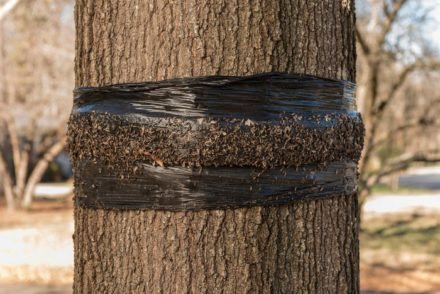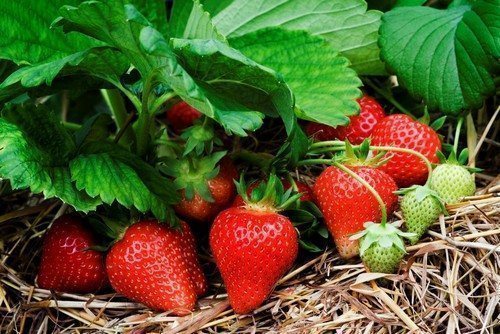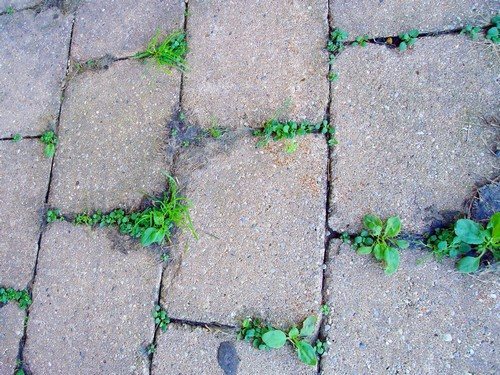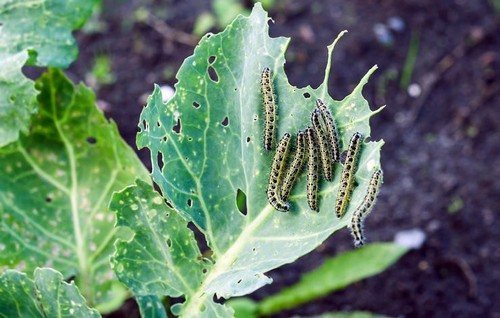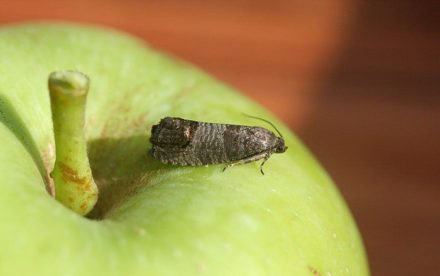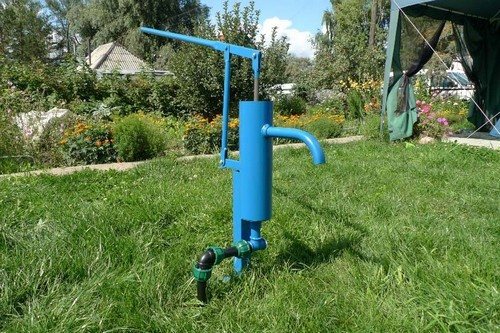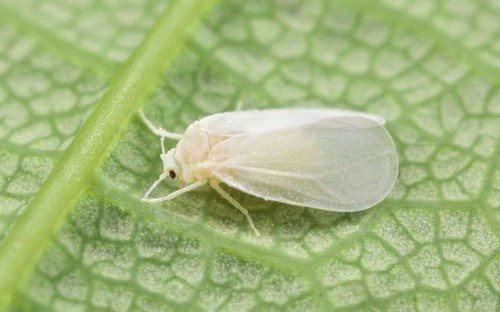The slobbering pennitsa is one of the pests that love places with high humidity. The object of insect attention is often crops growing in greenhouses and greenhouses, as well as beds overgrown with weeds.
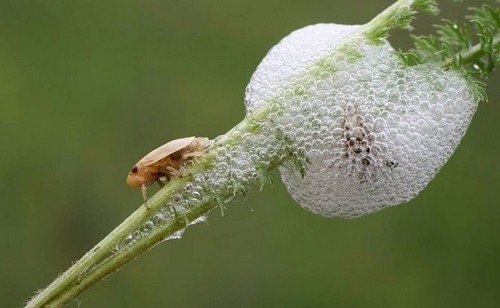
The presence of a pest can be determined by the thick foamy clot formed on the plant trunk, which resembles saliva. This formation serves as a nest for a representative of the cicada family, in which the larvae overwinter and develop.
Ways to combat pennica
The emerging larvae feed on the sap of the plant and thereby cause damage to it. Any plant needs protection from insect pests. It is quite difficult to get rid of a cicada, since the foam it forms protects the body from the penetration of chemicals. Let's look at the most common methods of pest control.
Treatment of plants with karbofos
This drug is sold in powder or liquid form. The substance is diluted in clean water in a 1:1 ratio and the plants are irrigated in places where the pentilica is infested.
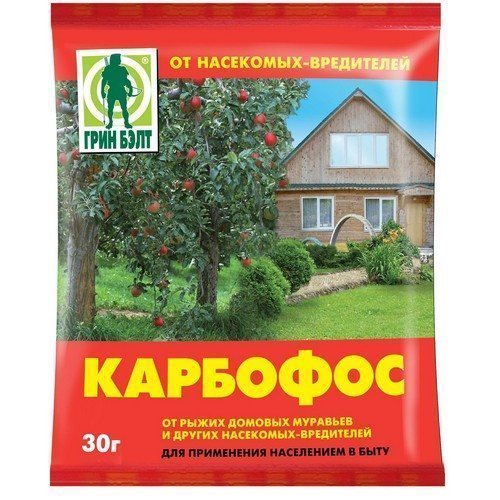
Treatment with slaked lime
The substance is used as an addition to a chemical preparation. After treatment with the chemical, slaked lime is sprinkled over the insect damage areas.
Treatment with a solution of laundry soap
To prepare a folk remedy for pest control, laundry soap and water are used. You need to dissolve the soap in water until the liquid becomes cloudy.The resulting solution is sprayed on the affected plants.
Garlic tincture treatment
It is quite easy to make a remedy from garlic. To do this, take one glass of crushed garlic and pour a bucket of water. The resulting mixture is infused for 24 hours, then I water the plants with it.
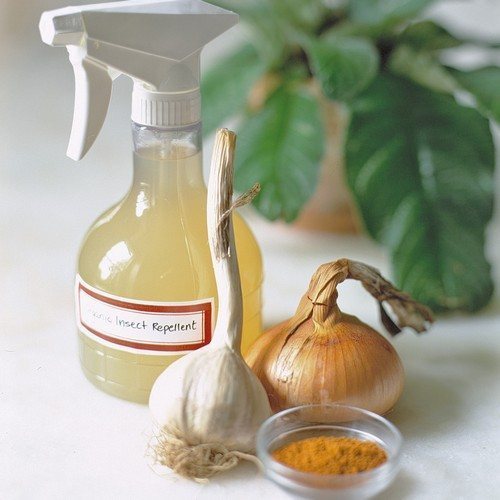
Plant treatment with clean water
This method of pest control is the easiest to perform and refers to both folk and mechanical methods. Found nests and developing larvae can be removed with a powerful stream of water.
Self-collection of larvae
This method refers to mechanical methods of control and requires a lot of time. The gardener must independently inspect his land in the fall to detect cicada nests. Having found a nest, it must be removed. The site can be treated both with bare hands and by protecting them. Inspection of plantings should be carried out throughout the dacha season. This method requires concentration, as it is important to notice the larvae laid by the pest in time and destroy them.
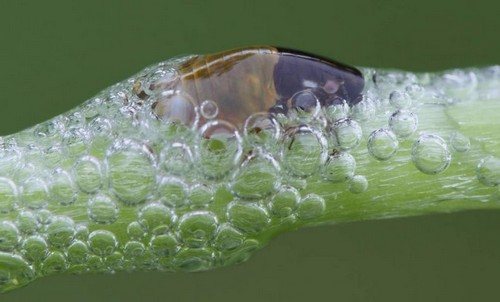
Plant prevention measures
To avoid the appearance of the pest on the site, it is necessary to carry out preventive work. To do this, it is recommended to do the following:
- get rid of grown weeds in time;
- plant plants at a distance to improve the passage of air flows between them;
- carry out semi-steam treatment of the soil before planting plants.
By following the recommendations, you can avoid problems in the fight against the pest and preserve a healthy harvest.


